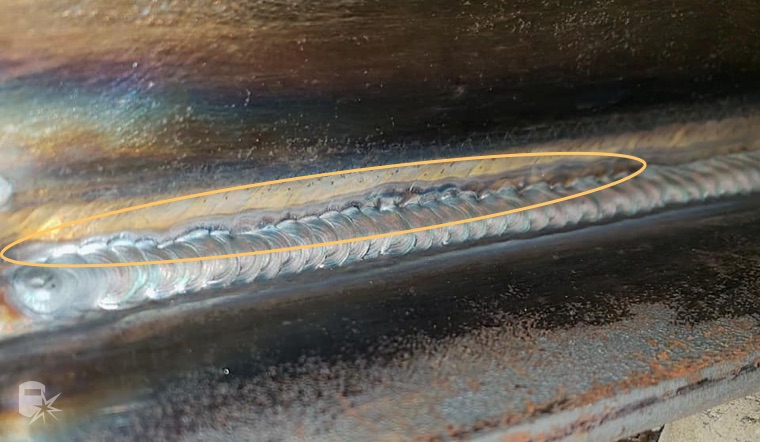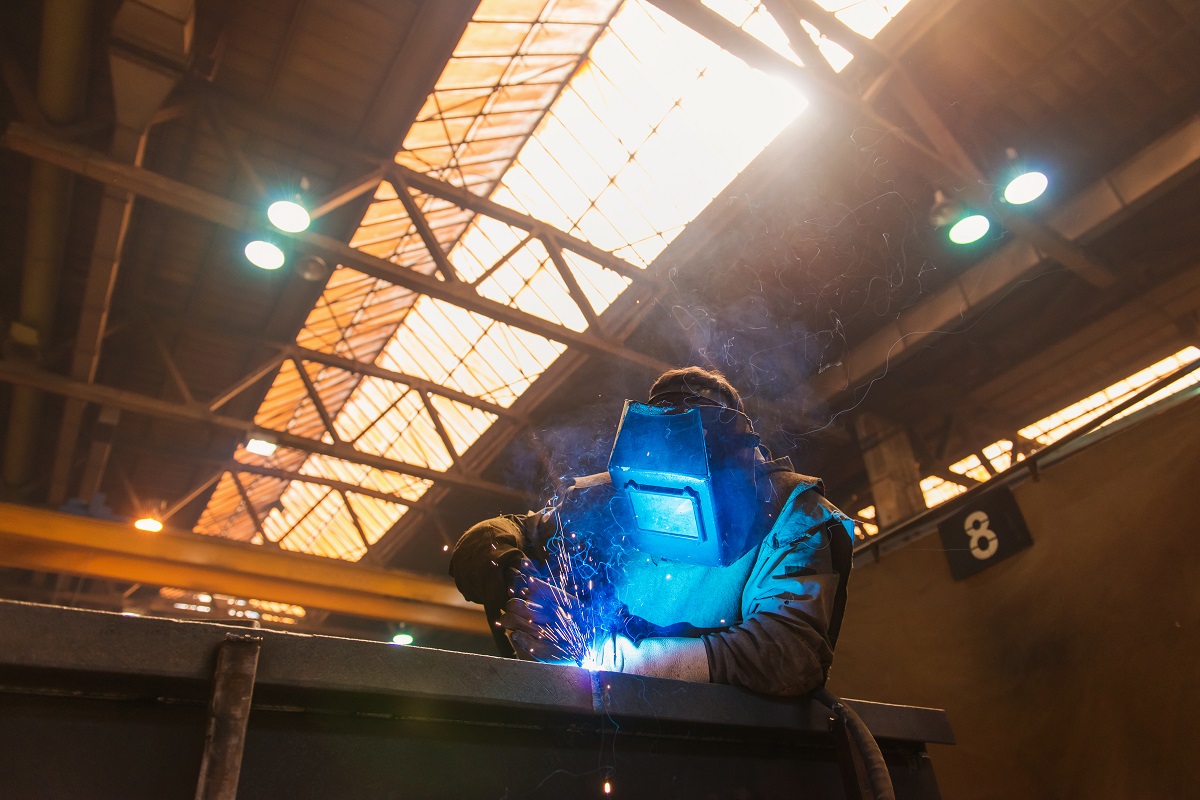Preventing Weld Undercut Demystified: Techniques for Success
Preventing Weld Undercut Demystified: Techniques for Success
Blog Article
Crucial Tips for Welders: Stopping Undercut Welding and Ensuring Stronger Weld Joints
In the world of welding, achieving resilient and solid weld joints is the cornerstone of creating high-quality work. One usual difficulty that welders typically run into is undercut welding, which can endanger the stability of the weld joint. By recognizing the elements that add to damaging and carrying out the right strategies and preventative measures, welders can efficiently avoid this issue and make sure the long life and toughness of their welds. Allow's discover some important suggestions that can assist welders navigate this challenge and boost the top quality of their welding tasks.

Recognizing Undercut Welding
Undercut welding is a common welding problem that happens when the weld steel falls short to correctly fill up the groove and leads to a groove-like anxiety along the weld grain. This issue damages the weld joint, making it vulnerable to fracturing and failing under stress and anxiety. Damaging can be created by numerous factors, including extreme welding current, high welding speed, incorrect electrode angle, inaccurate electrode size, and poor welding method.
One of the primary reasons for undercut welding is an imbalance between the welding current and the welding rate. If the welding current is expensive or the welding rate is also quick, the weld metal may not sufficiently fill up the groove, bring about damaging. In addition, utilizing an electrode that is too huge can cause a similar outcome, as the excess metal can not effectively move right into the groove.
To stop undercut welding, welders ought to guarantee they are making use of the proper welding specifications, preserve a suitable electrode angle, choose the ideal electrode dimension, and practice appropriate welding methods. By dealing with these factors, welders can decrease the danger of undercutting and create more powerful, extra trusted weld joints.
Appropriate Welding Technique
Reliable welding technique plays a critical function in ensuring the top quality and integrity of weld joints. Correct welding technique entails a mix of accuracy, skill, and adherence to ideal practices. One basic aspect of appropriate welding technique is preserving the proper angle and distance in between the welding gun and the workpiece. Welders have to also pay close attention to the travel rate and warmth input to stop concerns like undercutting, porosity, or incomplete combination.
Additionally, a constant and regular hand movement is important for producing solid and long lasting weld joints. Welders need to intend for smooth, consistent movements to make sure also circulation of the weld product. Appropriate control of the welding weapon and filler product is additionally vital to achieving optimal infiltration and blend.
In addition, regulating the warm input and picking the appropriate welding specifications based on the material being welded are vital elements in achieving premium welds - Preventing weld undercut. Welders should comply with the advised setups supplied by welding procedure specifications and adjust them as required based upon the particular requirements of the task. By mastering proper welding strategies, welders can significantly boost the stamina and reliability of their weld joints
Picking the Right Electrode
When taking into consideration the value of choosing the appropriate electrode in welding applications,Preserving the appropriate angle and range between the welding weapon and the workpiece is basic. The choice of electrode plays a critical role in establishing the high quality and toughness of the weld joint. Electrodes are available in numerous types, each designed for details purposes and products.
Firstly, choosing the ideal electrode size is crucial. Thinner electrodes appropriate for welding slim products, while thicker electrodes are better for thicker products and greater warm applications. Matching the electrode size to the thickness of the work surface aids achieve a balanced weld.
Second of all, understanding the material structure of the electrode is essential. Various electrodes are developed for welding certain products like steel, stainless-steel, aluminum, or cast iron. Using the appropriate electrode material makes sure great combination and minimizes the danger of flaws in the weld.
Last but not least, considering the welding position and technique is vital when picking the electrode kind. For circumstances, particular electrodes are much better matched for overhead or vertical welding placements, while others function well for level or straight settings. Choosing the best electrode based upon the welding method boosts the overall weld top quality and stability.
Preparing the Base Steel
To make certain an effective welding procedure, what preliminary steps should be taken when preparing the base steel for welding? Effectively preparing the base steel is vital for accomplishing durable and solid weld joints. The very first step in preparing the base steel is to clean it thoroughly to get rid of any type of contaminants such as corrosion, oil, paint, or dust. This can be done using a cord brush, chemical, or grinder solvents. In addition, any type of existing weld material or residue from previous welding must be eliminated to ensure a tidy surface for the brand-new weld.

Carrying Out Post-Weld Inspections

After carrying out these analyses, welders must compare the outcomes against market requirements and task needs to guarantee that the weld joint satisfies all needed standards. Any kind of variances or insufficiencies found during the post-weld examination should be promptly dealt with through suitable restorative steps to ensure the weld's stability. By carefully doing post-weld assessments and without delay resolving any kind of problems, welders can maintain the high quality and integrity of their work, ultimately adding to the safety and security and long life of the welded structures.
Verdict

To conclude, preventing undercut welding and making certain stronger weld joints need a combination of correct welding method, choosing the right electrode, preparing the base steel properly, and conducting post-weld examinations. By recognizing the root causes of undercut welding and applying the needed preventative measures, welders can create premium weld joints that meet sector requirements and ensure the architectural integrity of the bonded components.
Undercut welding is a common welding flaw that takes place when the weld steel stops working to correctly fill up the groove and results in a groove-like anxiety along the weld grain (Preventing weld undercut). Damaging can be triggered by various aspects, including too much welding existing, high welding rate, incorrect electrode angle, inaccurate electrode size, and inadequate welding strategy
One of the main factors for undercut welding is an imbalance between the welding current and the welding speed. If the welding current is also high or the welding speed is as well quickly, the try these out weld metal may not properly load the groove, leading to damaging.Maintaining the right angle and range in between the welding gun and the workpiece is basic when considering the significance of picking the right electrode in welding applications.
Report this page